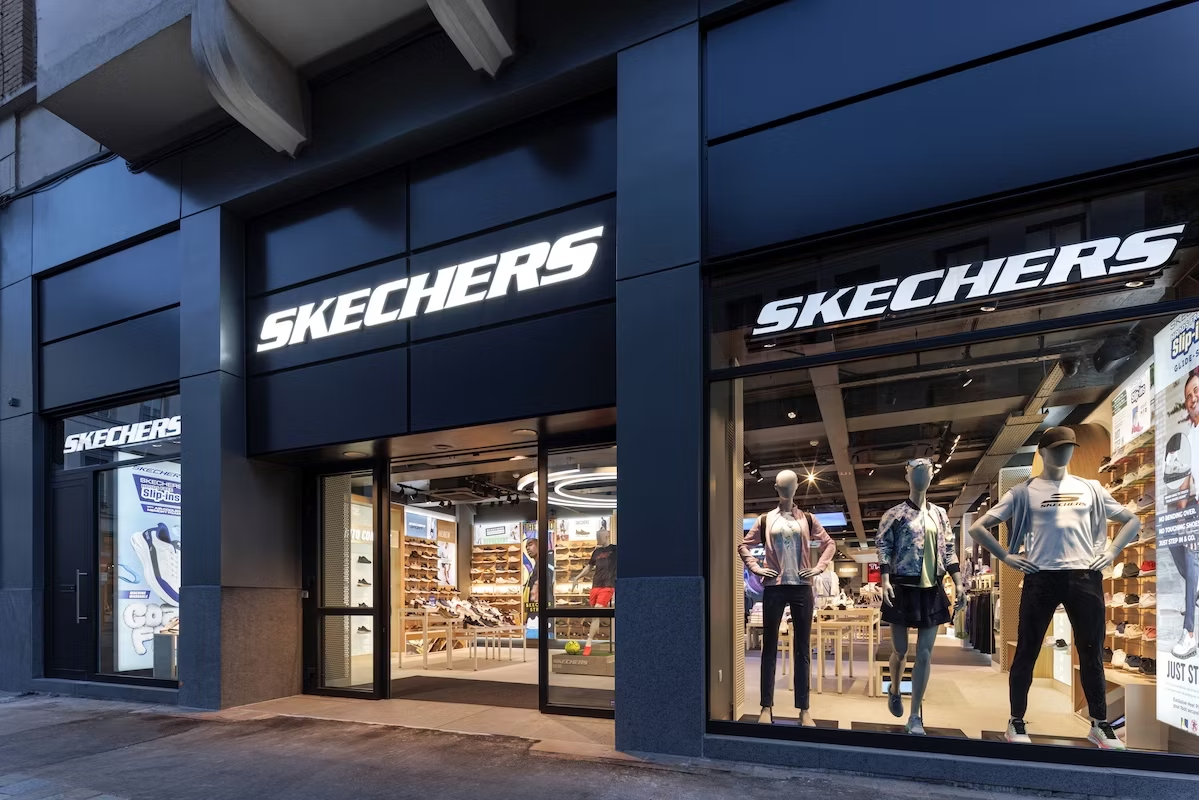Just before the announcement of annual results and the crucial Milan Fashion Week, Gucci has parted ways with its artistic director, Sabato De Sarno. The malaise in the luxury sector causes even giants like Kering to take desperate measures.
Floundering flagship
The luxury fashion sector is becoming ever more stretched between understated high-end luxury and conspicuous aspirational fashion. Earlier this week, Versace admitted it was a mistake to adopt a more discreet approach; now it was Gucci’s turn to acknowledge that the ‘quiet luxury’ trend was a failed experiment. As a result, Kering’s flagship brand has dismissed De Sarno after less than two years in creative charge. He was hired to elevate Gucci with his minimalist and chic style, but the fashion house is now reversing that decision.
It is telling that De Sarno’s departure comes a week before the annual results are announced. In the first nine months of 2024, revenue had already dropped 20 % to 5.7 billion euros. Kering’s share price has lost nearly 40 % of its value over the past year. The fact that the dismissal occurs just before the important Milan Fashion Week further underlines the magnitude of the crisis: Gucci will have to present its autumn and winter 2025 collection without creative leadership.
Image tumbles
Equally telling is the admission that no new artistic director has been found yet: the lack of an immediate successor suggests that suitable candidates are hesitant to take the helm. According to the Financial Times, names like Jonathan Anderson (Loewe) and John Galliano (ex-Valentino) have already declined the position.
The sudden dismissal highlights the despair: after being spoiled by years of exceptional growth, the troubled luxury sector no longer knows which direction to take. The contrast with former creative director Alessandro Michele is huge: under his leadership, the brand experienced explosive growth, with annual revenue doubling between 2015 and 2019. In 2022, the company even achieved a record turnover of 10.5 billion euros.
However, the strategy to make the brand more accessible to a broader audience ultimately led to an erosion of its exclusive image. While aspirational middle-class consumers disengaged after the pandemic savings bubble, the super-rich turned away from the brand because it became too commonplace. CEO Stefano Cantino, who joined in October from rival LVMH, now seems to be opting for a complete reset.




